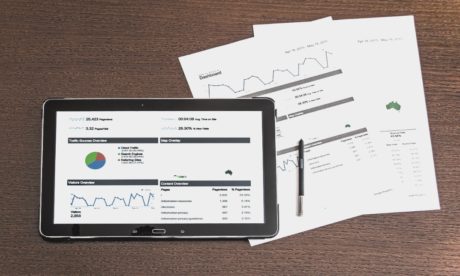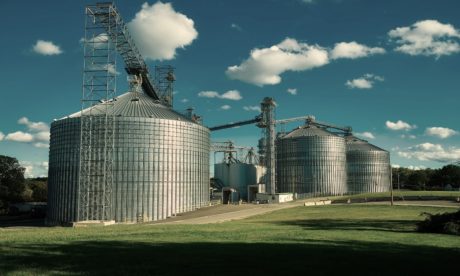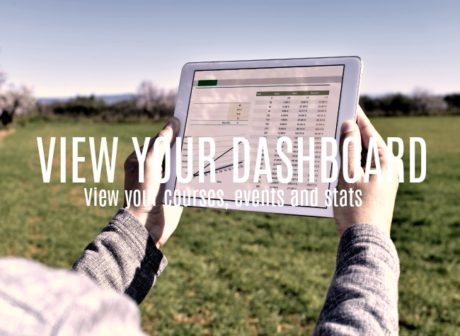While being cash flow positive and profitable e at first glance, there’s a significant difference that is important to understand.
To function, you need operating cash flow to meet payroll, make rent and insurance payments, and handle the laundry list of other day-to-day expenses to keep business running as usual.
Many businesses use the accrual method of accounting, which records income and expenses when you earn or incur them – regardless of whether the cash has actually been exchanged.
If you’re sending out invoices to clients that may not pay those invoices for 30, 60, 90, or even 120 days, your real-time cash flow situation will look very different than your profitability – and you may find yourself without enough liquidity to keep your company running.
Let’s use a single invoice to illustrate this point. You land a huge opportunity with a wedding planner, who needs $15,000 worth of arrangements for an upcoming wedding. You invoice the customer on May 1 with a deadline of 60 days. You also have to pay your vendor $8,000 for the inventory (flowers) within the next 30 days.
Without factoring in your operating expenses for this transaction, your profit for May would be $7,000 – not bad at all!
But, this fails to give you a clear picture of your cash flow because you might not get paid that $15,000 until after your $8,000 invoice for the flowers is due. That’s where the cash basis of accounting comes in. While used less commonly, it is important for gauging how much cash you actually have on hand, as revenue and expenses aren’t actually recorded until the money is exchanged. With terms of net-60, you wouldn’t actually receive the money until July 1. See below:
Which One is More Important to a Business: Cash Flow or Profit?
The truth is: both cash flow and profit are important. It’s not an apples-to-apples comparison. While profitability is more important over time, cash flow and the availability of working capital are going to affect your daily operations.
There are profitable businesses go under every year because they have poor cash flow. If you don’t have cash on hand to cover your expenses, being profitable in the bigger picture isn’t going to do you much good.
Forecasting Cash Flow
Cash flow forecasting can help you better understand the ebbs and flows of money in and out of your bank account and can help you make smart financial decisions to ensure you don’t suffer a cash crunch.
You might learn, for example, that while you offer net-60 terms to clients, most of your vendors offer only net-30, which means you won’t always have funds to pay your invoices. You have a few options here: you could pull back to net-30 terms for your clients in an effort to align positive and negative cash flow, or you could explore business financing options that would put money in your account so you can cover your expenses on time.
You could, for example, take out a line of credit that lets you access cash when you need to pay expenses but don’t have the money to cover them. Then, when your clients do pay you, you can pay back what you’ve borrowed.
Nav’s Final Word: Cash Flow vs. Profit
While we went through a simplified example with a single invoice, if you’re sending out multiple invoices with different payment terms while managing the day-to-day operational expenses, you may see how staying out of the red could get tricky.
That’s why it’s so crucial for small business owners to not only understand the difference between cash flow and profit, but also figure out better ways to increase cash flow . Cash flow management can help your company better predict when you’ll have money in the bank and strategize to ensure you never have to make financial decisions out of desperation. A profitable business is one who not only realizes an overall profit but who also successfully manages daily cash flow.








0 responses on "What's the Difference Between Cash Flow and Profit?"